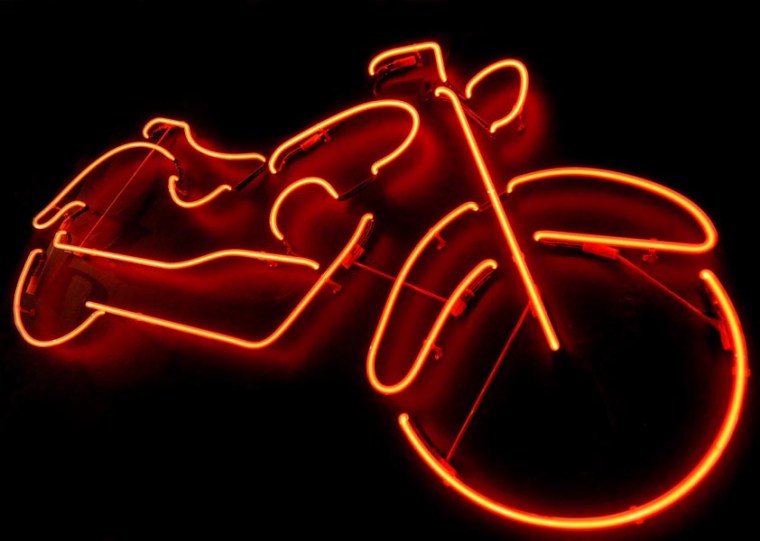If it wasn’t for today’s birthday boy, French chemist, engineer and inventor Georges Claude (24 Sep 1870 – 23 May 1960), the streetscapes of New York, Las Vegas, and many other cities, might have looked unimaginably different – among other achiements, Claude gained fame as the inventor of neon tube lighting.
Claude, who is sometimes called ‘the Edison of France’ was a prolific inventor and innovator, and his early focus fell on the industrial liquefaction of air. This process, which enabled the production of industrial quantities of liquid nitrogen, oxygen and argon, also produced neon as a by-product. In order to exploit this by-product, he came up with the neon tube light, a tube filled with neon that generates light when an electrified current is passed through the gas.
Neon lights quickly gained popularity for advertising and promotion purposes, both indoors and outdoors. What made it particularly effective was its strikingly visibility even in daylight, and the fact that the sealed tubes could be shaped and combined to form impressive glowing signage.

(© All Rights Reserved)
While original neon light referred specifically to a sealed neon-filled tube light, the term has become generic for any electric light involving sealed glass tubes containing gas, be it mercury vapor, argon or a range of other gases. Original neon tubes glow red, while other gases are used to produce a range of other colours, e.g. yellow (helium), white (carbon dioxide), or blue (mercury).
Early neon signs, such as the signs sold by Georges Claude’s French company Claude Neon to the Packard car dealership in the United States in 1923, proved huge tourist attractions, with people reportedly staring for hours at the amazing ‘liquid fire’ signs. Neon signage caught on like wildfire in the 1930’s and 40’s, particularly in the ‘States, with neon signs popping up all over the place, often to rather gaudy effect. After the heyday or neon lighting in the early to mid 20th century, it’s popularity declined somewhat. In recent years, however, neon signage has seen something of a revival in art and architecture, becoming popular for its retro effect.
Leave a comment